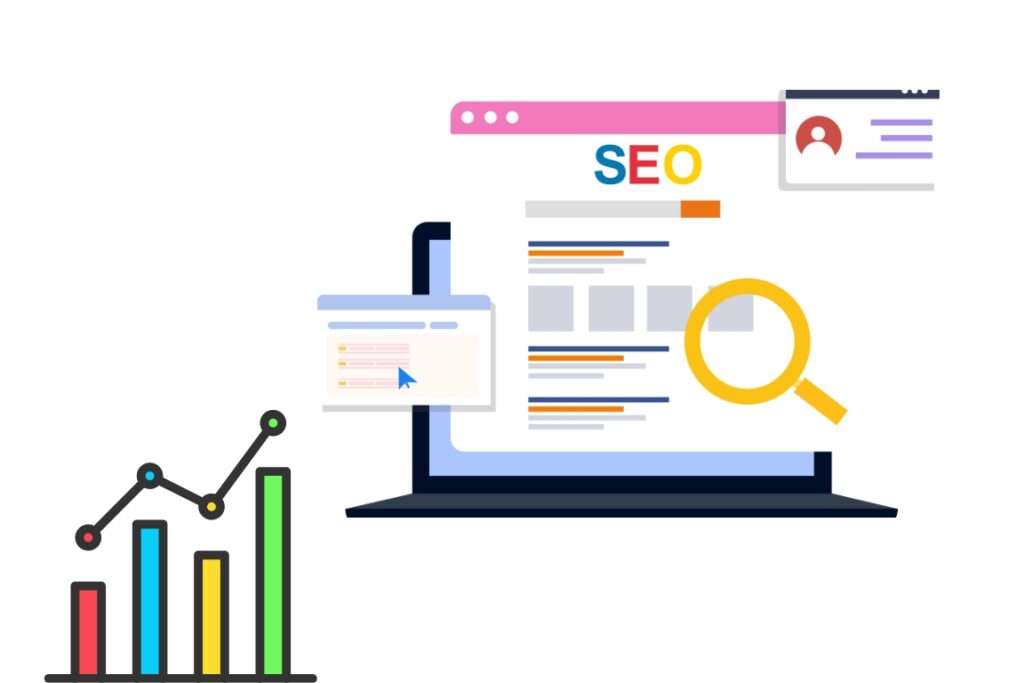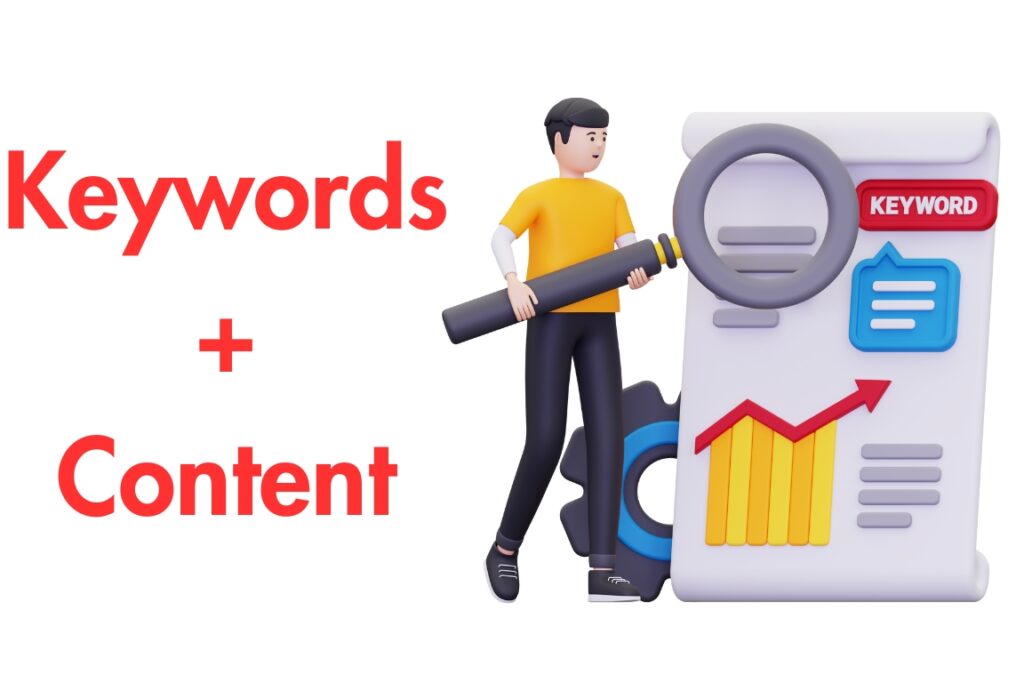
Featured image for "How to Optimize AI Content for Search Engines: 2024 Guide"
No matter what we upload to the Internet, we hope to attract as many visitors as possible. You may sell hand-crafted jewelry, attract new readers to your latest science-fiction novel, or support your business’ brand personality.
Chances are, you’ve already discovered one or more artificial intelligence (AI) tools to improve your content. This means you’re ready to discover one or more additional tools that will help you draw more traffic to your site and increase user engagement.
Since these two tasks require different strategies, skills, and tools, we’ll first look at search engine optimization (SEO). We’ll begin with the basics and explain how they’ve improved over the years.
A Short History of SEO

While Google was the first search engine to introduce an algorithm that performed basic page ranking tasks, now-obsolete search engines like AltaVista once provided a full-text database as far back as 1998.
Later, an increasing number of content-focused and local SEO applications were launched. As social media’s influence expanded, programmers focused more on quality content and natural link profiles.
Over the past 15 years, techniques such as mobile and voice search optimization have been constantly refined, with user experience becoming a major ranking factor within these types of algorithms.
Today, the latest and greatest AI-driven optimization tools are available to all users…so let’s spend the next few minutes familiarizing ourselves with a few of them.
From Keywords to Content

Yesterday’s keyword research methods were often unable to pick up popular trends and nuances of today’s web surfers and searchers, falling short in capturing the nuances of user intent and emerging trends. AI-powered tools offer a more sophisticated approach.
Here are descriptions of the newest tools and the problems they can solve.
- Semantic analysis: Tools with this feature search and analyze online content to identify terms and phrases that a) have a specific meaning and b) are closely related to your content. Semantic function differs from SEO as, instead of using keywords and backlinks, it emphasizes the context and meaning of the content. This shouldn’t be confused with sentiment analysis, which identifies emotional value.
- User intent mapping: This identifies keywords based on searchers’ intent helping you tailor your content to meet specific audience needs. An intent mapping tool recognizes different types of intent, such as informational, navigational, and transactional. Examples of intent mapping tools include Keyword Insights and Optimo.
- Predictive trend forecasting: AI tools with machine learning algorithms can accurately forecast upcoming trends based on historical data and current patterns. This enables you to identify and create content that’s “ahead of the curve” and ahead of the competition.
- Competitor analysis: Don’t have time to check out your competitors’ content? Nobody really does. However, several AI tools can do this for you, identifying opportunities for you to fill in one or more keyword gaps.
- Humanizing: Does just what it says. It transforms your content so it’s genuinely reader-friendly. If you think your content is stuffy or sounds excessively technical, you can humanize your text quickly at Undetectable.AI online. After you’ve optimized your content with your choice of these tools, you may want to put one or more additional AI tools to work. This depends on your subject matter, your audience knowledge, and personal tastes.
- Outline generation: These can analyze the top-ranked content for the keywords you specify, then provide you with headings and subheads to help pull in more traffic.
- Content gap analysis: By comparing your draft to top-performing articles, tools like The Hoth can identify what you’ve left out.
- Jargon detection: If your writing contains industry-specific phrases, this may discourage some readers. This tool can identify these and suggest replacements that appeal to a broader audience.
After you’ve polished your content for maximum search results, you may want to add some final touches to maximize search results. The following tools make this easy.
Enhance Your Site’s Looks

Image and video recommendation tools can save time by analyzing your content and suggesting relevant images, videos, and graphics.
If your content is part of a marketing campaign or is working to build a brand, you may want to check out a tool like Lumen5. This tool enables you to convert blog articles, voice-overs, and even talking head clips into high-quality videos.
For example, Lumen5 can generate scripts for social videos after a user simply pastes a link to one or more blog posts.
Other AI tools enable you to add interactive elements, such as quizzes and infographics after a specialized AI tool analyzes your user engagement data and suggests one or more items.
Conclusion
As we’ve explored, AI tools have revolutionized the way we approach SEO and user engagement.
From semantic analysis to predictive trend forecasting, these intelligent solutions offer unprecedented insights into user behavior and content performance.
The truth is, by you leveraging AI-powered tools, you can create content that performs well and ranks higher in search results, while being deeply relatable to your audience.
But keep in mind, the key to success lies in blending these advanced technologies with your unique voice and expertise.
Whether you’re enhancing your content’s readability, or filling keyword gaps, or creating engaging multimedia elements, AI tools can be utilized to amplify your efforts, but aren’t a replacement for your creativity.
As the digital frontier grows, learning how to create AI-optimized content is more important than ever before.
Don’t hesitate to experiment with AI tools and find the perfect combination that works for your brand. Implementing and using AI tools with human creativity will help you not only improve your search rankings but also create a more engaging, valuable experience for your users – and that should be the ultimate goal of any content creator in 2024.
The Editorial Team at GoOnlineTools.com specializes in delivering cutting-edge information on technology.
View all articles




